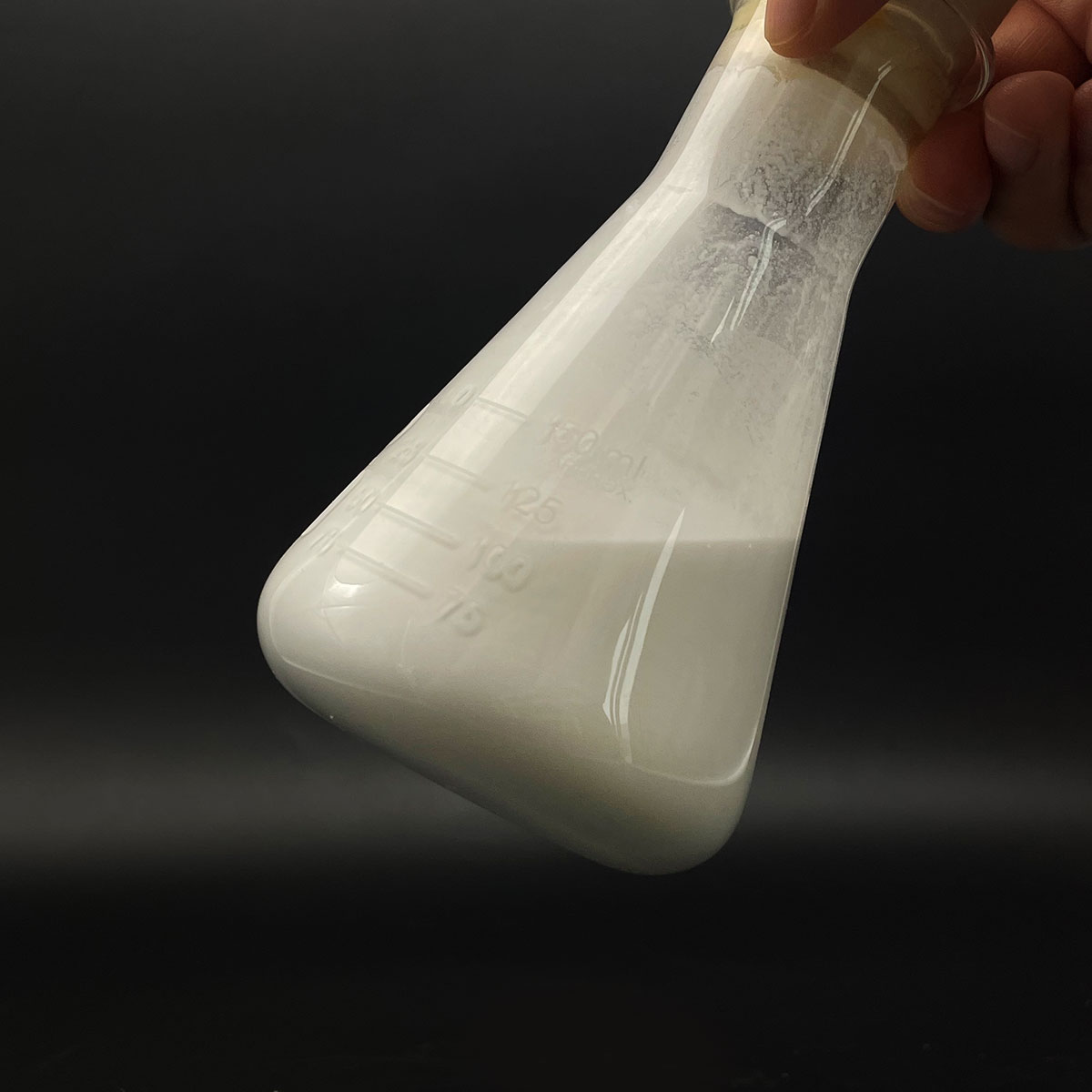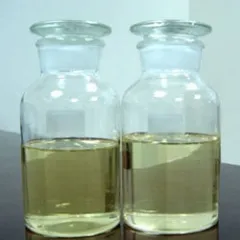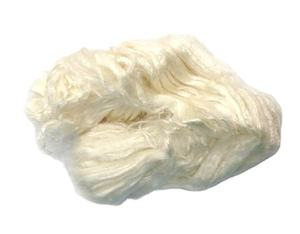Overview of Anionic Surfactant Sodium Lauryl Sodium Dodecyl Sulfate for Detergents Shampoo
Anionic surfactants are a class of surface-active agents characterized by a negatively charged hydrophilic head group when dissolved in water. This charge arises from the presence of a sulfate, sulfonate, phosphate, or carboxylate group. They are among the most widely used surfactants due to their effective cleaning properties, foaming capacity, and broad compatibility with other formulation ingredients. Anionic surfactants find extensive application across industries, including personal care, household cleaning, textiles, and industrial processes.
Features of Anionic Surfactant Sodium Lauryl Sodium Dodecyl Sulfate for Detergents Shampoo
-
Negative Charge: The anionic head group imparts water solubility and enables interaction with positively charged surfaces or particles.
-
Detergency: Exceptional at removing dirt, grease, and oils due to their strong polarity and ability to penetrate and disrupt these substances.
-
Foaming Properties: Many anionic surfactants generate stable and abundant foam, making them ideal for applications where lather is desired.
-
Cost-Effectiveness: They are often less expensive than nonionic, cationic, or amphoteric surfactants due to the abundance of raw materials and established production processes.
-
Compatibility: Can be combined with other surfactants to enhance performance or adjust properties, although care must be taken to avoid precipitation or incompatibility issues.
-
Environmental Considerations: Some anionic surfactants may pose environmental concerns due to their persistence or toxicity; however, biodegradable options are available.

(Anionic Surfactant Sodium Lauryl Sodium Dodecyl Sulfate for Detergents Shampoo)
Specification of Anionic Surfactant Sodium Lauryl Sodium Dodecyl Sulfate for Detergents Shampoo
Anionic surfactant salt lauryl sulfate (SDS), likewise called salt dodecyl sulfate, acts as a vital ingredient in cleaning agents and shampoos. This compound has the chemical formula CH FIVE(CH ₂)₁₁ OSO Three Na. It looks like a white or cream-colored powder. It dissolves conveniently in water. The item produces an abundant lather. It efficiently removes grease, oil, and dirt from surface areas or hair. Its molecular framework consists of a hydrophobic tail and a hydrophilic head. This enables it to damage down oily residues.
The surfactant works by lowering water’s surface area tension. It aids blend water with oils and grime. This action cleans much more efficient. SDS is commonly used in house cleaners, washing cleaning agents, and personal treatment items. It functions as a foaming representative in shampoos. It emulsifies dirt bits for easy rinsing. The compound works with both tough and soft water. It keeps performance throughout varying pH degrees.
SDS has a high pureness degree, usually above 90%. It goes through rigorous quality control to make sure uniformity. The material is steady under typical storage space conditions. It needs to be kept in an awesome, dry location. Straight sunlight or dampness must be prevented. Shelf life typically goes beyond 2 years when stored appropriately.
Security preventative measures are vital when taking care of SDS. The powder might create mild skin or eye irritability. Safety handwear covers and goggles are recommended during use. In completed items like shampoos, concentrations remain within risk-free limitations. Proper solution decreases skin sensitivity dangers. Governing bodies accept its usage in customer products at regulated degrees.
The surfactant is naturally degradable under aerobic problems. Environmental impact is minimized contrasted to some choices. Suppliers favor SDS for its cost-effectiveness and dependable efficiency. It mixes well with various other components like scents and thickeners. This adaptability makes it a basic option in cleaning solutions.
Storage recommendations consist of closed containers to stop clumping. Bulk quantities need palletized packaging for risk-free transportation. Technical data sheets give thorough taking care of guidelines.

(Anionic Surfactant Sodium Lauryl Sodium Dodecyl Sulfate for Detergents Shampoo)
Applications of Anionic Surfactant Sodium Lauryl Sodium Dodecyl Sulfate for Detergents Shampoo
Anionic surfactant salt lauryl sulfate (SDS), likewise called sodium dodecyl sulfate, is widely made use of in cleaning agents and hair shampoos. Its strong cleaning power originates from its capability to reduced water’s surface tension. This allows it mix oil and water effectively. SDS particles have a hydrophobic tail and a hydrophilic head. The tail affixes to grease or dust. The head binds to water. This activity breaks down spots and lifts them from surface areas. Cleaning agents with SDS work well on fabrics. They get rid of oils and dust also in cold water. The chemical stays stable in various temperature levels. It executes consistently in cleaning devices or handwashing.
SDS develops rich soap in hair shampoos. Foam helps spread the item equally with hair. It liquifies sebum and product accumulation on the scalp. SDS is an usual selection for deep-cleaning formulas. It can remove excess oil fast. Some hair shampoos utilize milder surfactants with SDS to stabilize cleansing and meekness. High focus could aggravate sensitive skin. Suppliers change degrees to match various hair types. SDS deals with other components like conditioners or fragrances. It does not react adversely with most ingredients. This makes it adaptable for item solutions.
In fluid detergents, SDS serves as a main cleaner. It targets food stains, oil, or dirt on meals. Its solubility in water prevents residue on glassware or porcelains. Powder detergents utilize SDS to increase enzyme task. Enzymes break down protein-based stains like blood or lawn. SDS improves their performance. Difficult water has minerals that minimize soap effectiveness. SDS operates in hard water due to the fact that it does not create scum. This makes sure cleaning agents carry out dependably in all water types.
SDS is affordable for mass production. It is easy to source and manufacture. Brands utilize it to keep product prices affordable. Ecological concerns exist. SDS breaks down faster than some surfactants. Wastewater treatment refines handle it successfully. Appropriate solution makes certain biodegradability. Governing companies accept its use within secure limits. Individuals must comply with dose guidelines to avoid overuse.
Company Profile
SurfactantChina is a trusted global chemical material supplier & manufacturer with over 12-year-experience in providing super high-quality surfactant and relative products.
The company has a professional technical department and Quality Supervision Department, a well-equipped laboratory, and equipped with advanced testing equipment and after-sales customer service center.
If you are looking for high-quality surfactant and relative products, please feel free to contact us or click on the needed products to send an inquiry.
Payment Methods
L/C, T/T, Western Union, Paypal, Credit Card etc.
Shipment
It could be shipped by sea, by air, or by reveal ASAP as soon as repayment receipt.
5 FAQs of Anionic Surfactant Sodium Lauryl Sodium Dodecyl Sulfate for Detergents Shampoo
What is sodium lauryl sulfate (SLS)?
Sodium lauryl sulfate is a common surfactant in detergents and shampoos. It helps remove dirt and oil by breaking surface tension. This allows water to mix with grease, making cleaning easier. It creates foam, giving a sense of thorough cleansing.
Is SLS safe for skin and hair?
SLS can cause dryness or irritation in some people, especially with sensitive skin. Most products dilute it to safe levels. Check ingredient lists if you have concerns. Dermatologists often recommend sulfate-free options for reactive skin.
Why is SLS used in shampoos if it might irritate skin?
SLS is cheap and effective at removing oil and buildup. Many brands use it because it lathers well, which consumers associate with cleanliness. Alternatives exist but may cost more or work less effectively.
Does SLS harm the environment?
SLS breaks down quickly in water and soil, reducing long-term environmental risks. High concentrations before dilution can affect aquatic life. Proper wastewater treatment minimizes this impact. Most regulations ensure safe usage levels in commercial products.
Can SLS-free products clean as effectively?
Yes, but results vary. Surfactants like sodium laureth sulfate (SLES) or plant-based options replace SLS. These may be gentler but sometimes require higher quantities to match performance. Testing different formulas helps find what works for specific needs.

(Anionic Surfactant Sodium Lauryl Sodium Dodecyl Sulfate for Detergents Shampoo)






